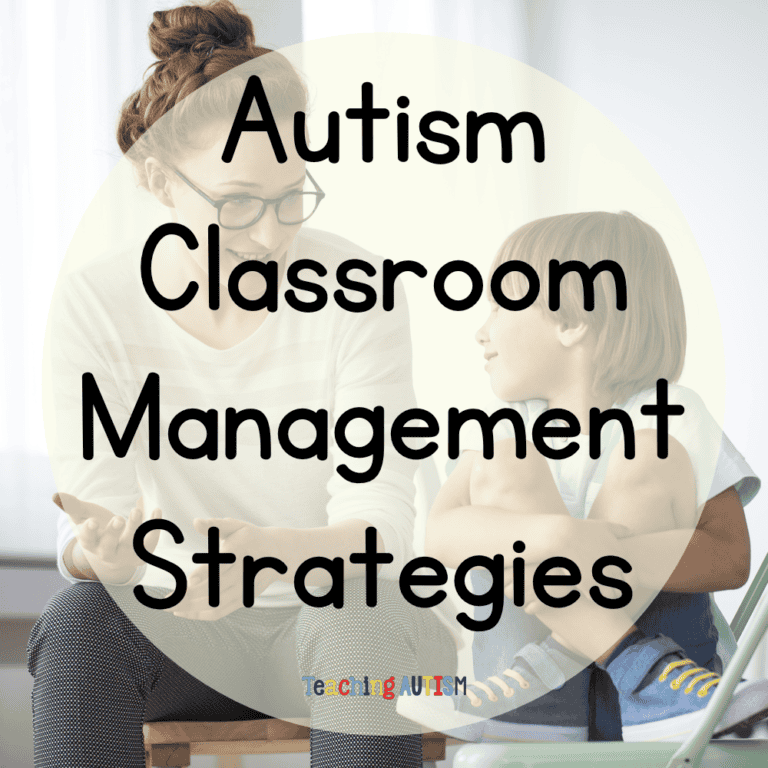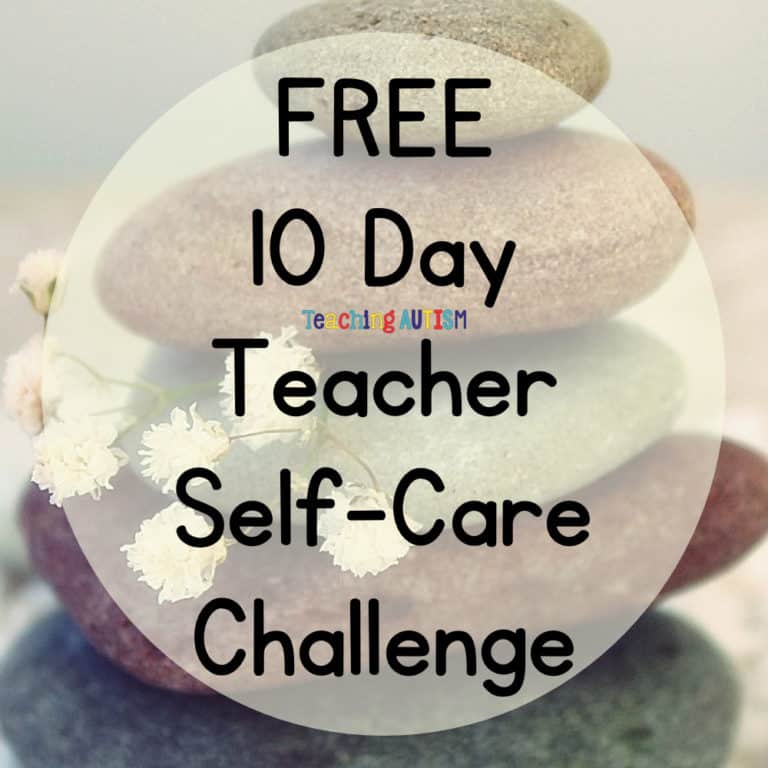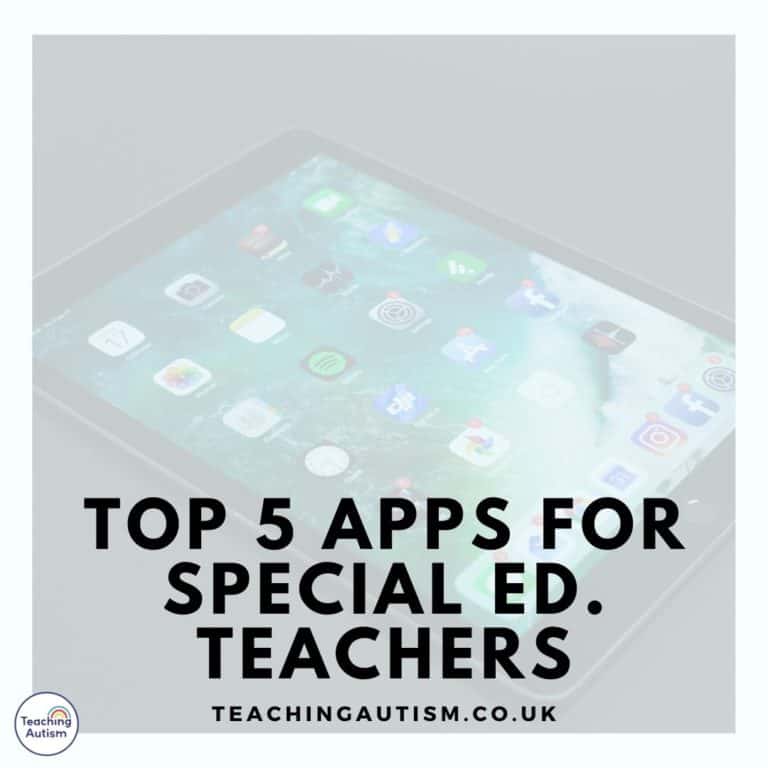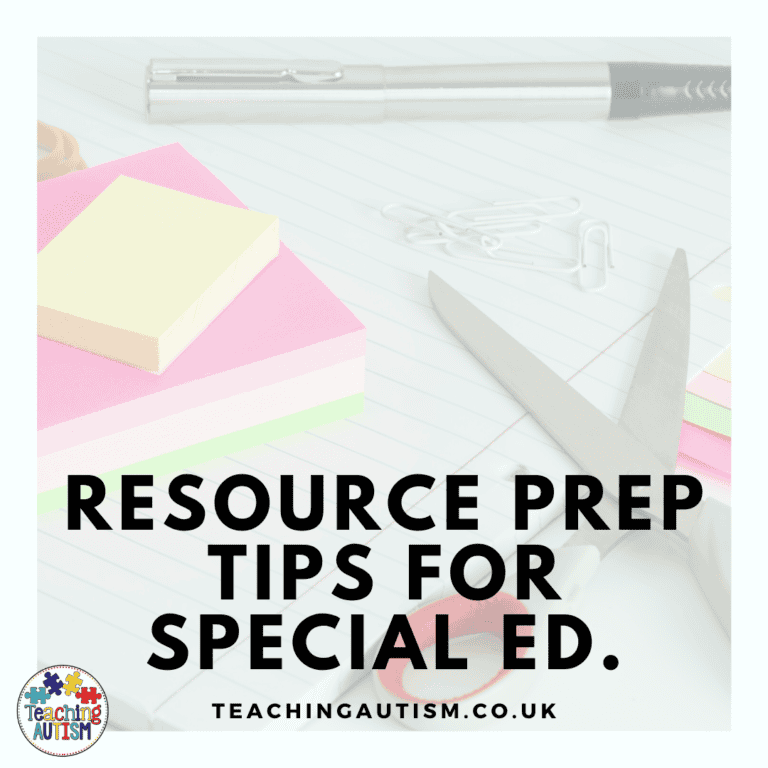Using Prompts in Special Education
All of us will be using some sort of prompt each day in our classroom. But, are they being used correctly? Today, I’m talking all about using prompts in special education effectively and appropriately.
I get a lot of questions from people who are confused about prompting and so I thought I’d share a quick blog post on it here for you to read.
What is a Prompt?
So, first of all, what is a prompt? A prompt is a strategy that is used in order to help correct a student, while still encouraging and working on their learning.
A prompt usually takes place after an instruction has been given, and before a response is shown.
How? When?
When I talk about prompting, a lot of you will reach out to me and ask, how do I know what prompt to do? Am I prompting too much – or too little?
This is where it gets tricky. Because it some situations you’ll start with larger prompts, and then fade them out, less and less. So going from a hand over hand or physical prompt, and then work down towards independent.
But there’s also times where you may start with smaller prompts. For example, if you ask a student to do something like, come to me, or sit there. You may find yourself giving that instruction, but not giving a huge amount of prompting, just starting with the least amount, and working your way up.
The prompting levels that I’ve always worked from goes as follows.. starting from the lowest level prompt, to the highest.
1. An expectant pause
This is where you just pause slightly and I’ve the student time to react. This may be to respond to you, or to complete an activity. Don’t feel like you have to prompt straight away. I tend to like to count to 5 slowly in my head before I offer any prompt, just to give them a chance before I begin. You can also count to 10 too. This is all individual your students – and this is why I always say to spend those first couple weeks at the beginning of the year to get to know your students – because it pays off so much through the year.
2. An indirect non-verbal prompt
This is where you’re going to use your body language to prompt the student. So, this could be a facial expression, it could be shrugging your shoulders. The main key here is that it’s non-verbal.
3. An indirect verbal prompt
This time, try and use an open-ended question. Like. “What should we do?” “How can we fix that?” “What do we do next?” This gives them the prompt that they need to do something – while also working on their independence and allowing them to work out what it is they need to do.
4. Requesting a response
This is a more direct approach. Ask the student.. ‘What do you want?” or “What do you need?”
5. Gestural prompt
This is pretty much as it sounds – it means you’re using gestures. So pointing, tapping your finger, gesturing with your hand. You can do this for a few seconds to allow your student to understand what you’re doing and process the gesture.
6. Partial verbal prompt
This is where you are going to start off the response you want. For example, you may have asked the student. “Where did we go today?” And if there’s no response, and you’ve worked your way up through the prompting levels, you could now say “You went to the…” and trail off, giving them a chance to fill in the next piece.
7. Direct model
This is where you’re going to model the behaviour, action or response that you want. It could be you’re working on a counting adapted book, so you count the objects, find the number and place it there. The student will be able to see exactly what you’ve done. Then pause, and give your student the chance to try it themselves, now mimicking what you’ve just done.
8. Physical prompt
This is the highest level of prompt you can provide. And it’s a physical one – which usually means hand-over-hand although we also like to use under the elbow and direct a student from there as well – sometimes hand-over-hand is too much for some students. So the elbow tends to be better. But you’re physically helping them to complete whatever action or skill you want from them.
Prompt Dependency
Now, with prompting, unfortunately, it’s very easy to fall into a system where you always prompt at the same level. And before long, you’re pretty much doing it all the time for the student – taking away their need for independence. And this is what becomes known as prompt dependency. This is where we’ve almost taught the student to need a prompt before they start an activity, or begin a response or work on a skill. Even if they can do it 100% themselves. That’s because they’ve become reliant on the prompting always being there.
Use Your Data
This is when it’s a good idea to sit down and look through the data you collect and look at the prompting. What prompts can you start to fade out? What can you do to make those activities or skills more independent with less prompting from you? Can you put any strategies into place that will remove the need for your prompting? This is where visuals and sequencing events can come in handy.
Errorless Learning
One of my favourite ways to work towards independence is by providing errorless learning activities. These help students to understand the process of work and what is expected of them, in an errorless way. This helps to remove a higher need for prompts, because it takes away the chance for a student to perform something incorrectly. Remember though, just because it’s errorless, you may still need to start out with those prompts as your student starts to understand what they need to do. This is one of those activities where I start with the least invasive prompt, and then work up. I’ll link to some errorless learning activities in the show notes for you too. So if you head over there, you can grab some great errorless resources to use with your students.
Staff Training
It’s also important that you train the staff in your classroom or learning environment about the fading of prompts as well. And to have a plan in place for how you intend to fade out those prompts, as well as how you’re going to record them. I find that the data collected from prompting is a great indication for how well my students are progressing, especially when it’s working towards their IEP goals.
Independence
Remember, our main goal is that we want our students to be as independent as possible. So it’s important that we work on our prompting skills, and share our knowledge and training with our staff around us so that we’re providing the best support to our students to help them on their way to independence.
Do you have any tips to share with us about prompting? If so, let me know in the comments section down below.
If you found this blog post about using prompts in special education helpful, please consider sharing it with your friends and colleagues.
Do you prefer to listen to podcasts? If so, you can listen to this blog post over there instead. Just click here.








